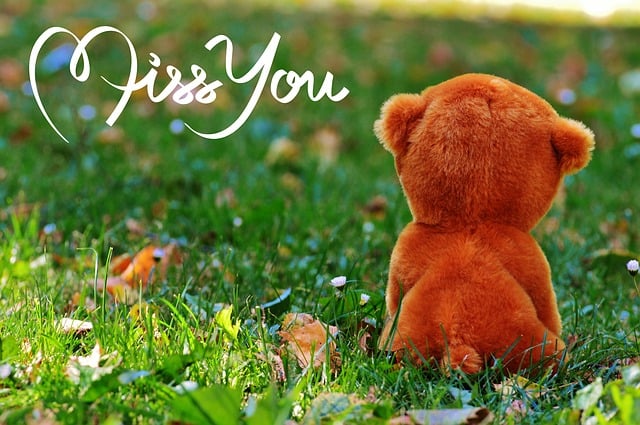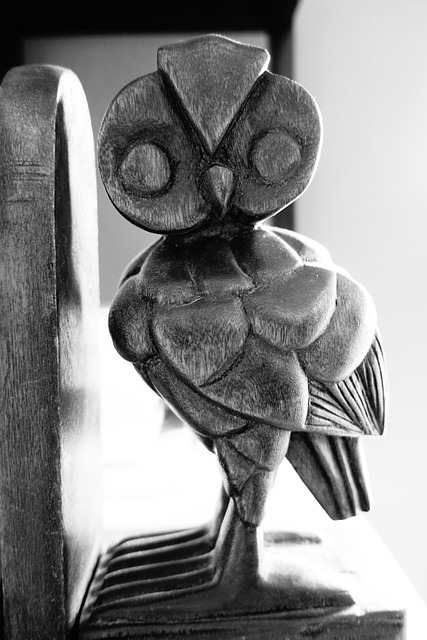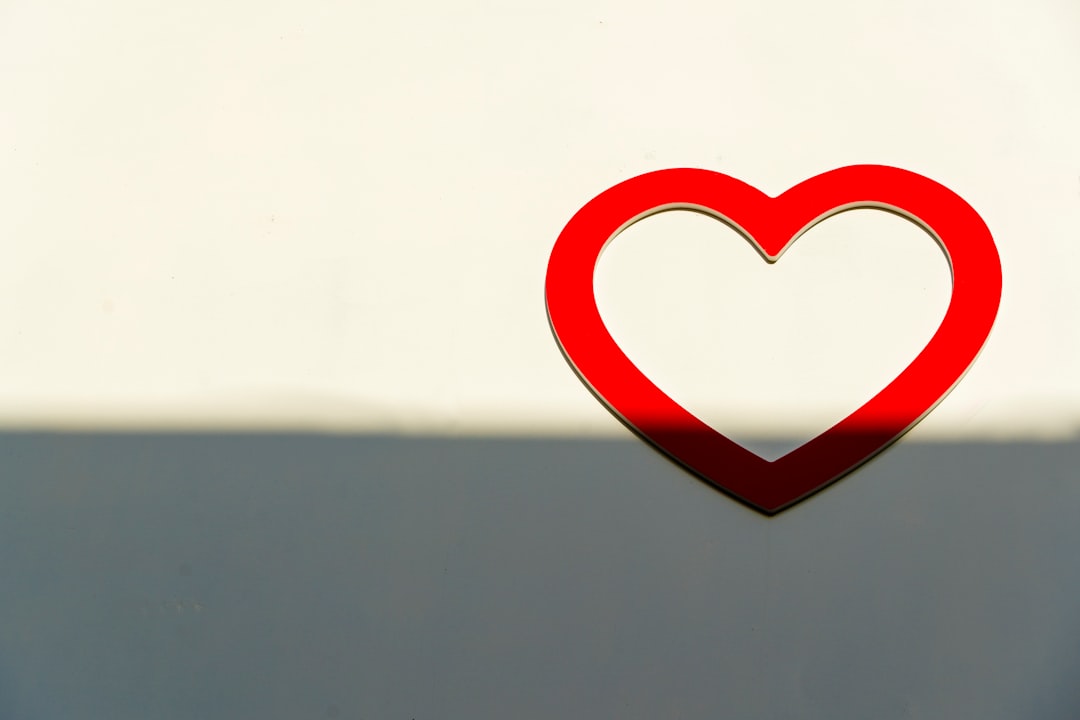Cremation has become a popular and environmentally friendly alternative to traditional burial practices, offering a ceremonious end-of-life option that aligns with various cultural and personal beliefs. The cremation process is conducted in specialized furnaces under the supervision of trained professionals within a regulated framework, after which families have several choices for the remains, including interment, scattering, or keeping them in keepsake urns. Cremation services are cost-effective compared to traditional burials and offer personalization, respect, and affordability. They also conserve land and reduce emissions associated with conventional burials. Cost differences between cremation and burial options highlight the importance of researching local expenses, as they vary significantly based on market conditions and selected services. Innovations in cremation technology are addressing environmental challenges by improving energy efficiency and reducing mercury release. As a global practice deeply integrated into various cultural and religious traditions, cremation is revered in Hinduism and Buddhism for its purifying qualities, while Western societies often prefer burial due to different spiritual beliefs. Contemporary cremation services respect these diverse practices while providing modern, dignified remembrance options.
When contemplating the end-of-life choices for oneself or loved ones, the decision between cremation and burial involves more than personal preferences. This article delves into the key distinctions between these two practices, encompassing the intricacies of cremation services, financial implications, environmental considerations, and the diverse cultural and religious viewpoints that shape these decisions. Each section provides valuable insights to guide individuals through this significant process, ensuring informed choices are made with respect to one’s legacy and the planet.
- Understanding Cremation Services: An Overview of the Process and Benefits
- Comparing Costs: Evaluating Financial Considerations for Cremation vs Burial
- Environmental Impact: Assessing the Eco-Friendly Aspects of Cremation
- Cultural and Religious Perspectives on Choosing Between Cremation and Burial
Understanding Cremation Services: An Overview of the Process and Benefits

Cremation serves as a distinct end-of-life option that diverges from traditional burial practices, offering a process that is both ceremonious and respectful. The cremation process involves reducing the body to its basic elements through extreme heat in a cremation furnace or crematior. This procedure is carried out by licensed professionals adhering to ethical and legal standards. Following the cremation, the remains are carefully collected, and families have options for their final disposition, including burial, placement in an urn, scattering in a meaningful location, or even keeping the remains in a keepsake urn as a memento of the deceased.
Choosing cremation services offers numerous benefits, both practical and personal. From an environmental perspective, cremation has a smaller carbon footprint compared to burial with embalming and a vault. It also eliminates the need for a large plot of land and an elaborate headstone. On a more personal level, cremation can provide families with a flexible approach to memorializing their loved ones in a way that aligns with their cultural or religious beliefs and their vision of remembrance. Additionally, cremation services are often more cost-effective, offering a range of affordable options for ceremonies and final resting places. This financial consideration does not diminish the reverence and personalization available within cremation services, which can still be as meaningful and individualized as a traditional burial.
Comparing Costs: Evaluating Financial Considerations for Cremation vs Burial
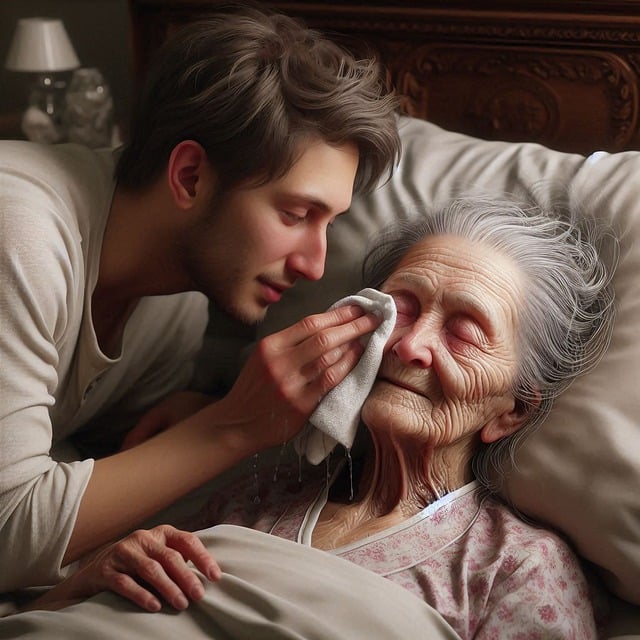
When contemplating the end-of-life arrangements for a loved one or planning for oneself, the decision between cremation and burial involves more than personal or cultural preferences; it also encompasses financial considerations. Cremation services typically present as a less expensive option compared to traditional burial. The cost distinction primarily arises from the nature of the processes involved: cremation requires the use of a crematory, whereas burial necessitates the purchase of a cemetery plot and an upright headstone or a flat marker, which can vary widely in price depending on location and the cemetery’s policies.
The expenses for cremation services encompass the cost of the crematory, the urn or other keepsakes, and often a memorial service to honor the deceased. These services may include a basic cremation, which is generally the most affordable option, or more comprehensive packages that offer additional services such as embalming, viewing or visitation with the body, and a religious ceremony. On the other hand, burial costs extend beyond the plot and marker to include the expense of a casket, vault, grave digging, and maintenance fees over time. Additionally, for those opting for a traditional burial, there may be extra charges for perpetual care, which ensures the long-term upkeep of the cemetery grounds. It’s advisable to compare these costs within your geographic region, as prices can fluctuate significantly based on local market conditions and the specific services selected.
Environmental Impact: Assessing the Eco-Friendly Aspects of Cremation
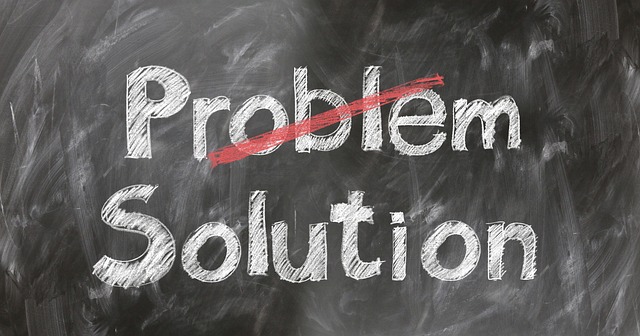
Cremation has emerged as a notable alternative to traditional burial practices, with its environmental footprint becoming a pivotal aspect of the decision-making process for many. The cremation process involves reducing the body to bone fragments through extreme heat, which consumes less land and does not rely on embalming fluids. This significantly reduces the carbon footprint associated with traditional burials, where preserved soil can take decades to decompose and may require extensive landscaping. Moreover, the resources required for cremation services, such as natural gas, are generally concentrated in a shorter timeframe, making it a more resource-efficient option.
However, environmental concerns regarding cremation have arisen due to emissions produced during the process. Crematoriums emit carbon dioxide and other pollutants, including mercury from dental amalgam and particulate matter. These emissions contribute to air pollution and global warming. Efforts are underway to mitigate these impacts, including advancements in cremation technology that aim to reduce mercury release and improve energy efficiency. Additionally, the trend towards using biodegradable urns and other eco-conscious practices further minimizes the environmental impact of cremation services. As such, both cremation and traditional burial can be assessed for their ecological implications, and individuals often choose the option that aligns with their environmental values. It is crucial to consider the lifecycle impacts of each method, from resource use to end-of-life treatment, to make informed decisions about after-death care that reflect one’s commitment to sustainability.
Cultural and Religious Perspectives on Choosing Between Cremation and Burial
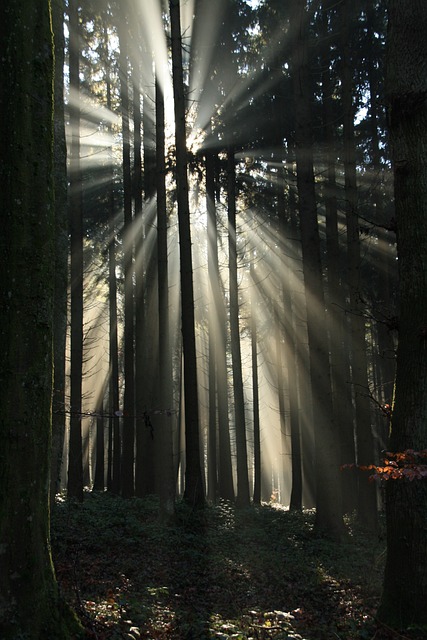
Global societies approach the disposition of the deceased through either cremation or burial, with cultural and religious beliefs playing a pivotal role in these decisions. Cremation services have become an increasingly common alternative to traditional burials, reflecting shifts in religious practices and societal values. In many Eastern traditions, such as Hinduism and Buddhism, cremation is deeply rooted in doctrine, with the practice seen as a means of releasing the soul from worldly attachments. The process of fire, or ‘Agni’ in Hindu belief, purifies the body, allowing the atman (soul) to attain moksha (liberation). Similarly, in various indigenous cultures, cremation is revered as a manner of returning an individual to the earth with dignity and respect for the spirit’s journey.
Conversely, burial practices are prevalent among many Western societies and are often supported by religious doctrines that view physical remains as sacred and deserving of perpetual care. For instance, Christianity typically encourages burial, with beliefs centered around the concept of resurrection of the body on the Last Day. Judaism also favors burial, emphasizing the need to preserve the deceased’s physicality until the time of the Messiah. The choice between cremation and burial can be a deeply personal decision influenced by these cultural and religious perspectives, with individuals and families weighing their beliefs, environmental considerations, and personal preferences when planning end-of-life arrangements. Cremation services are now often designed to accommodate diverse needs, offering options that range from simple, dignified cremations to elaborate ceremonies that honor the deceased’s life in a manner consistent with their cultural or religious heritage.
When contemplating the final disposition of a loved one, understanding the options between cremation and traditional burial is paramount. This article has delved into the intricacies of cremation services, illuminating their process and myriad benefits, including cost-effectiveness and environmental considerations. It has also highlighted the importance of cultural and religious beliefs in guiding this personal decision. Ultimately, whether one chooses cremation or burial, the legacy left behind is not defined by the method but by the lives touched and the memories cherished. Individuals are encouraged to weigh these factors thoughtfully as they plan for the future or make end-of-life arrangements.
